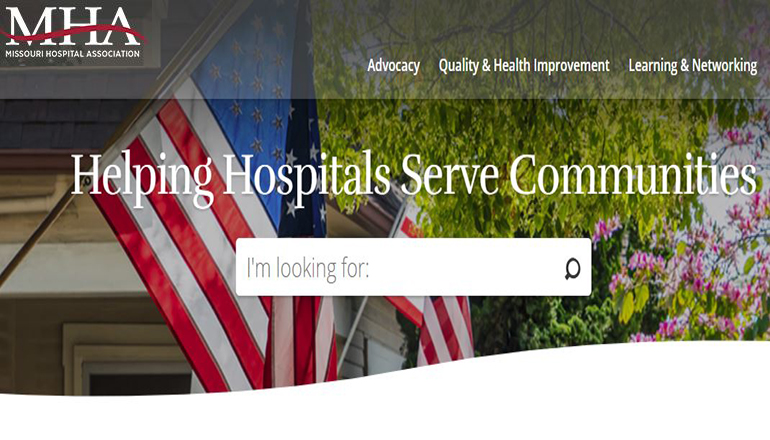A new report from the Missouri Hospital Association finds increased turnover rates among the majority of hospital-based healthcare positions. Vacancy rates decreased for several employee categories, including registered nurses, between 2016 and 2017. However, combined turnover among all professions surveyed increased statewide from 16 percent in 2016 to 17.7 percent in 2017.
“Every Missourian has a stake in a strong hospital workforce,” said Herb B. Kuhn, MHA President, and CEO. “Increased demand for health care services, the need for replacement workers as current employees retire and too few trained professionals to address both problems jeopardize the capacity of hospitals to provide necessary services. This convergence demands increased investment in, and coordination of, healthcare workforce development.”
Read It Here: 2018 MHA Workforce Report: Harnessing The Power Of Partnerships

Workforce challenges are best understood through turnover and vacancy rates. Turnover generally is indicative of workers moving within the profession — between hospitals, from a hospital to a clinic or to another setting — while vacancy rates imply that there are too few qualified applicants to fill the position.
Nurses are essential to the care delivery. Nurse turnover is expensive for hospitals. Each nurse turnover, for example, can cost a hospital between $40,000 and $60,000 to onboard, train and orient a new employee. Turnover among registered nurses was 16 percent, adding significantly to hospital costs.
Vacancies also lead to higher costs and can be disruptive for the workforce. Hospitals use agency nurses to address vacancies and augment the workforce at peak times. However, agency services are expensive, less aligned with hospital systems and temporary.
 This year’s workforce report finds nurse vacancy rates lower in 2017 than in 2016, at 13.3 percent. However, in spite of the drop in the vacancy rate, staff nurses still lead vacancy rates among hospital professionals, when unlicensed or lower skill hospital positions are removed. In 2017, Missouri had 32,635 staff nurses working in patient care and 4,985 vacant positions. Hospitals indicated greater levels of difficulty in recruiting nurses in care specialties and behavioral health.
This year’s workforce report finds nurse vacancy rates lower in 2017 than in 2016, at 13.3 percent. However, in spite of the drop in the vacancy rate, staff nurses still lead vacancy rates among hospital professionals, when unlicensed or lower skill hospital positions are removed. In 2017, Missouri had 32,635 staff nurses working in patient care and 4,985 vacant positions. Hospitals indicated greater levels of difficulty in recruiting nurses in care specialties and behavioral health.
“Innovation and collaboration will be necessary to address the workforce needs,” Kuhn said. “Hospitals are working internally to address turnover, and are collaborating with workforce development stakeholders to identify new workforce entrants. In addition, hospitals are creating career pathway programs for existing staff to help incumbent employees build skills to move to professional positions within hospitals.”
Many of the highest turnover positions within Missouri’s hospitals are entry-level positions that require minimal formal education. However, these positions influence hospitals’ ability to deliver high quality, cost-effective care. High rates of vacancy and turnover in these professions can affect the work of professional employees and the environment of care. Moreover, many of these positions — including nursing assistants, pharmacy support and imaging — offer opportunities for career pathways.
Policy changes could mitigate some of the vacancy and turnover challenges among high-skill hospital and clinic-based professionals. Missouri has limits on the scope of practice for some clinical professionals, such as advanced practice registered nurses and physician assistants. Limits on scope of practices make Missouri a less attractive state to these high-skill caregivers. APRNs have a high vacancy rate, while P.A.s have high turnover in Missouri.
“These data can inform policymakers and workforce stakeholders,” Kuhn said. “Many hospital professions require years of training. Missouri needs long-term investment and ongoing partnerships to deliver the workforce Missourians require.”
The Missouri Hospital Association is a not-for-profit association in Jefferson City that represents 143 Missouri hospitals. In addition to representation and advocacy on behalf of its membership, the association offers continuing education programs on current health care topics and seeks to educate the public about health care issues.







